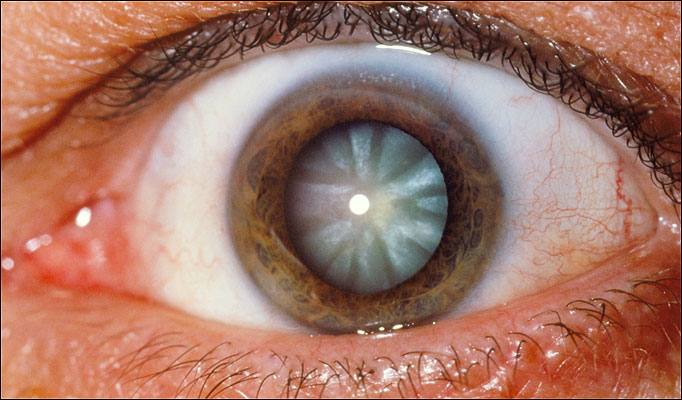Project Description
Cataract surgery is a procedure to remove the natural lens of the eye and, in most cases, replace it with an artificial lens (IOL, intraocular lens). It is used to treat a cataract, which is the clouding of the normally clear lens of the eye. Cataracts are a natural part of aging and everyone gets them at some point.
Cataract surgery is performed by an eye doctor (ophthalmologist) on an outpatient basis, which means you don´t have to stay in hospital after the surgery. Cataract surgery is very common and is generally a safe procedure.
Why and when is it done?
Clouding of the natural lens usually happens slowly, so the patients might not notice it at first. But as time passes, their vision may grow fuzzy. Colours may not appear as vivid. Glare may bother them both in bright sunlight and at night. Or it may seem as if their glasses are always dirty. In some cases, patients with a developing cataract may notice worse vision for long distance and an improvement for near vision, allowing them to be able to read without glasses.
If the cataract makes it difficult for you to carry out your normal activities like driving, reading, working, or it starts to affect your level of independence or bright lights make it hard to see, an ophthalmologist may suggest cataract surgery.
When the cataract interferes with the treatment of any other eye problem, cataract surgery may also be recommended. This may be the case in people who have other eye diseases such as diabetic retinopathy or age-related macular degeneration. The cataract makes it difficult for the ophthalmologist to examine the back of the eye to monitor the other eye problem and to treat it with laser if needed.
Risks
As with any operation, cataract surgery has some risks. Complications are uncommon, and most can be treated successfully. Before the surgery, the doctor should explain the possible risks to the patient: inflammation, bleeding, infection, increase in the intraocular pressure, etc.
The risk of complications increases when there is another eye disease or a serious medical condition affecting any other part of the body.
Before the surgery
Before the surgery the ophthalmologist performs a complete check up of both eyes, including the intraocular pressure and the exam of the back of the eye in order to ensure no other eye problems exist. To determine the right type of lens implant (IOL), the eye doctor performs a painless test to measure the size and shape of the eye.
The patient has to report all the medicine he/she is taking. It might be necessary to stop taking certain medication.
During the surgery
Cataract surgery is usually an outpatient procedure. It is painless and takes about 15 minutes to perform. Eye drops are used to dilate the pupil. Local anaesthetic is used to numb the area, and a sedative is given to help the patient to relax while awake.
During the cataract surgery the clouded lens is removed and a clear artificial lens is implanted. The most advanced method used to remove the lens is called phacoemulsification. Through a tiny incision the lens is emulsified and the fragments are suctioned out. The very back of the lens (capsular bag) is left in place to serve as a place for the artificial lens (IOL) to rest. Once the cataract has been removed, the IOL is implanted into the capsular bag.
Which Intraocular Lenses (IOL) are available?
Many lenses are available on the market. We prefer the use of foldable lenses that allow us to insert them through a small incision. Inside the eye, the lens unfolds, filling the empty capsular bag. Nowadays multifocal IOLs are available working like bifocals– both near and distant vision- or trifocal (for near, intermediate and long distance), correcting also presbyopia. Other new option for the correction of the astigmatism is the Toric IOL. All these new lenses, called Premium IOLs allow the surgeon to choose the best surgical option for each case and patients become much more spectacle-independent.


 EMERGENCIES 24h. AND APPOINTMENTS
EMERGENCIES 24h. AND APPOINTMENTS 